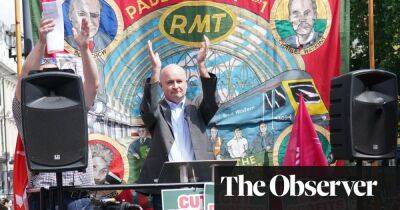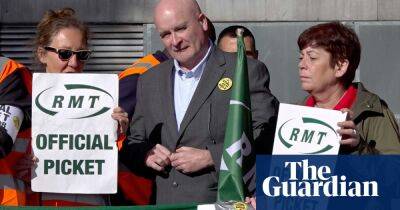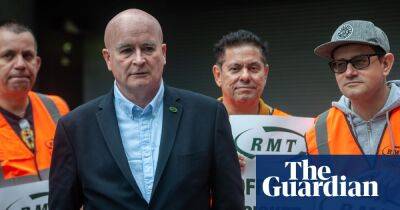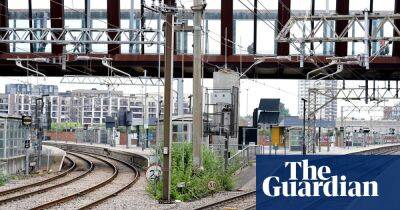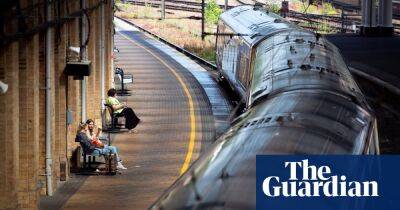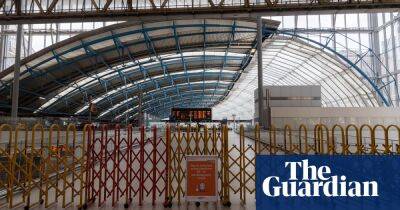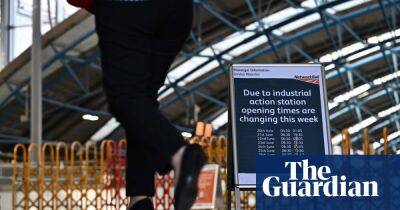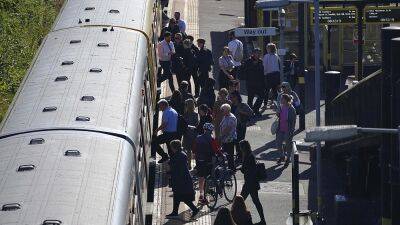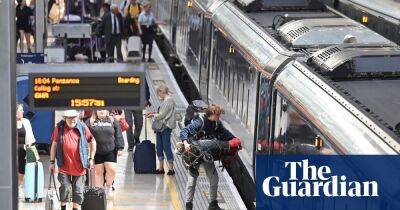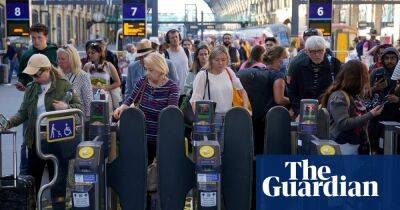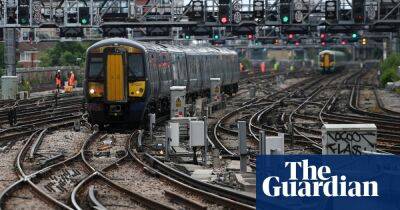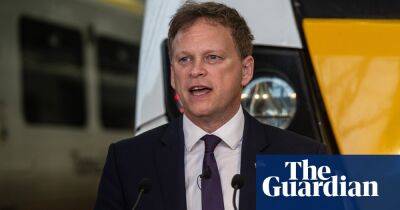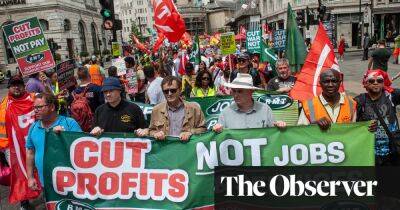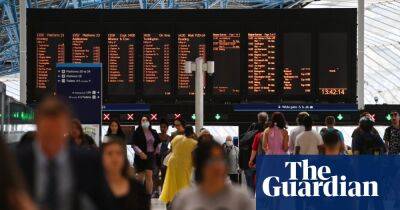The rail strikes are just the start. Tory cruelty has left workers no choice but to fight back
“Class struggle,” proclaims Mick Lynch, the leader of the RMT union. The Daily Mail relishes his “prehistoric rhetoric”, gleeful at what it hopes will turn into another culture war. Class struggle may sound old fashioned, but when the entire public sector is about to experience a significant real terms pay cut after years of freezes and pay stagnation, what are trade unions supposed to do? Over the past 12 years, they have failed to ensure their members’ pay keeps up with inflation. They can hardly be expected to lie down under this monster assault on living standards.
The rail unions are staging one of the largest strikes in 30 years. But this is only the vanguard. Other public sector unions will soon follow: teachers, the NHS, postal workers, council staff, care workers, legal aid lawyers and more. Rail workers are relatively well paid, because they have a strong and cohesive union. The average pay of those on strike is £33,000: that includes cleaners at one end and mechanics and engineers at the other. Well-paid drivers belong to another union, Aslef, which is not on strike, but the government includes their pay to inflate the average they claim that railway workers receive. The lesson from rail unions is that if union membership were higher throughout British businesses we would not have this low-pay economy of agency workers and zero-hours contracts, where growing numbers of workers need tax credits to top up miserable wages. Today, union membership is half what it was in the 1970s.
It’s the workers now heading to strikes who kept the country going through the pandemic, risking their health before Britain had vaccines. These are the people we effusively clapped from our doorsteps in the early days of Covid-19. But if
Read more on theguardian.com




